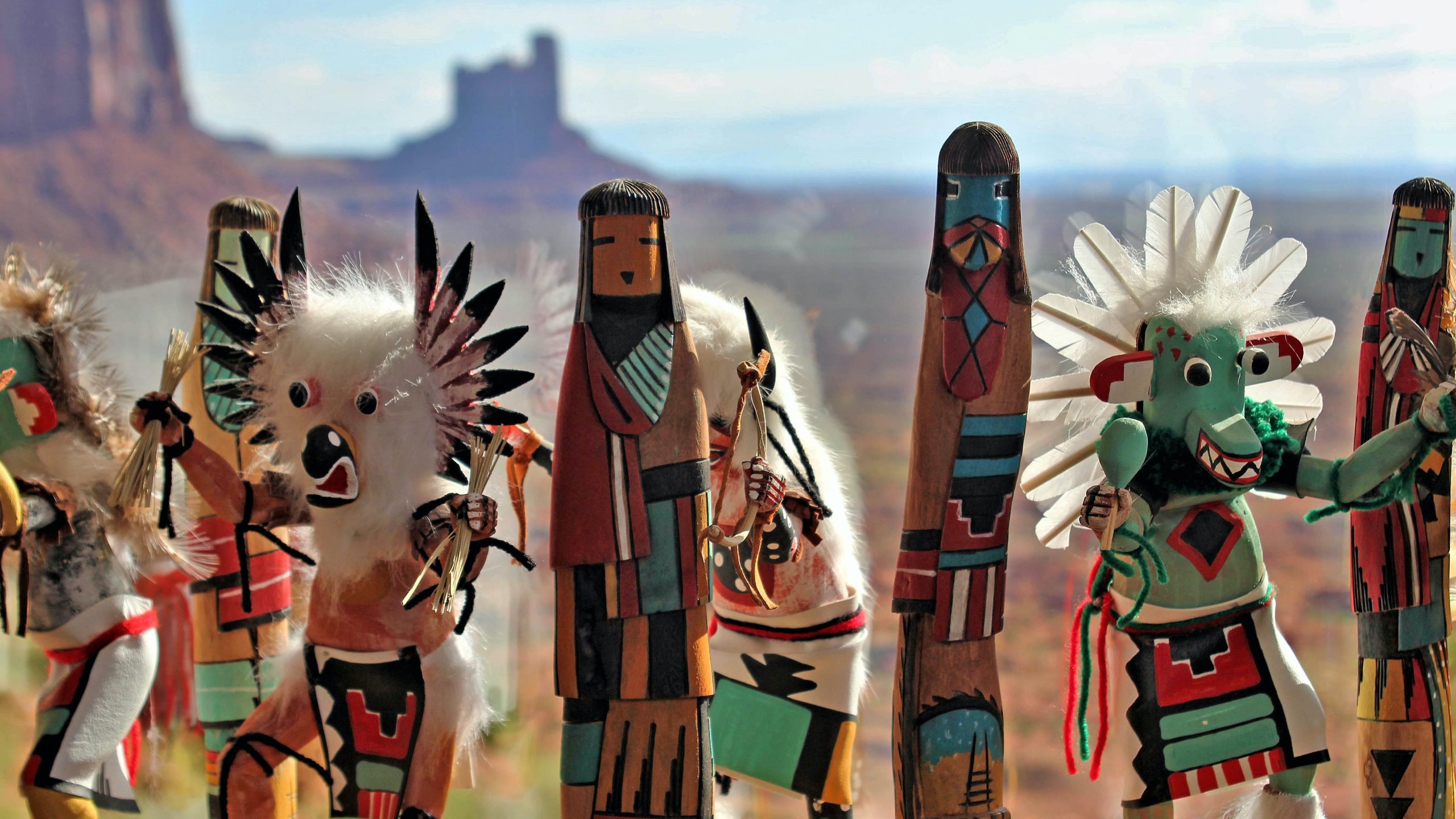Navajo and Native American Languages Spoken Today
Article in partnership with Day Translations.
How Many Native American Languages Are there?
According to Census data released by the United States Census Bureau in 2010, there are 169 native American languages, out of a total of 381 non-English languages in the country. At that time, 227 million Americans could only speak English as their main language.
The report shows some estimates of native American speakers.
The top 10 native American languages currently spoken are:
- Navajo (estimated 169,471 people)
- Yupik (estimated 18,950 people)
- Dakota (estimated 18,616 people)
- Apache (estimated 13,063 people)
- Keres (estimated 12,945 people)
- Cherokee (estimated 11,610 people)
- Choctaw (estimated 10,343 people)
- Zuni (estimated 9,686 people)
- Ojibwa (estimated 8,371 people)
- Pima (estimated 7,270 people).
The total estimate across all native American languages is 372,000 people.
Navajo is the prevalent language with a pool of speakers that is almost 10 times the size of other languages. A common problem across all of native American languages is longevity. At the time of the Census, only 1 in 5 older people aged 65 and over could speak their native American language, while an even smaller percentage, 1 in 10 people, in the 5 to 17 age group, could do so. Younger people are more likely to speak a Native American language as their second language after English.
In terms of where speakers of Native American languages live, 65% of them are in three states: Alaska, Arizona and New Mexico. In terms of density, these three states show an average of 10,000 speakers. Arizona has the highest density of Native American speakers with 37,000 people living in the Apache County, followed by McKinley County in New Mexico with 33,000.
Native American languages have traditionally been passed from generation to generation orally and the arrival of European colonisers, on the one hand, wiped out whole languages, while on the other introduced writing, which allowed the preservation of some of them. Overall, the impact of colonisation meant that the total population of Native Americans was decimated and much of their culture was lost forever.
Canadian broadcaster CBC interviewed some young people during the North American Indigenous Games held in Halifax, Nova Scotia, asking how to say “hello” in their Native American language. This is just an example to show the variety and rich culture of each of the 15 languages featured.
The Navajo Language: a Complex Language with a Complex History
Navajo is one of the most difficult languages to learn and translators are very few.
Google Translate cannot support Native American languages currently because of lack of available data. To be able to include Native American languages, they need to fulfill three criteria:
– they need to be written
– they need to appear on various sites including news in multiple languages
– speakers of the language need to join Translate Contribute and share their expertise.
Due to the complexity of the Navajo language, 420 Navajo speakers were recruited during the Second World War to help with coded communications and secret military messages. Before colonisation, there were 500 different community languages. Code Talkers could translate from their tribe’s language into English. You can hear some Navajo sound samples on the Smithsonian National Museum of the Native American Indian website.
Currently Navajo people have their own government with a president and vice president as well as a council with delegates, a court system and police force. They are committed to preserve their language and traditions.
If you are interested in learning the Navajo language, there is a website dedicated to it. There is not much written material available in Navajo and fluency in the language is closely linked to the tribe’s traditions and your understanding of them. Grammar structures are fluid and the pronunciation of words takes some practice. The same word can have different meanings and different pronunciations. Some sounds are completely unique to the Navajo language and cannot be found in other languages.
Ultimately, having Navajo translators is an essential part of keeping historical traditions alive.
